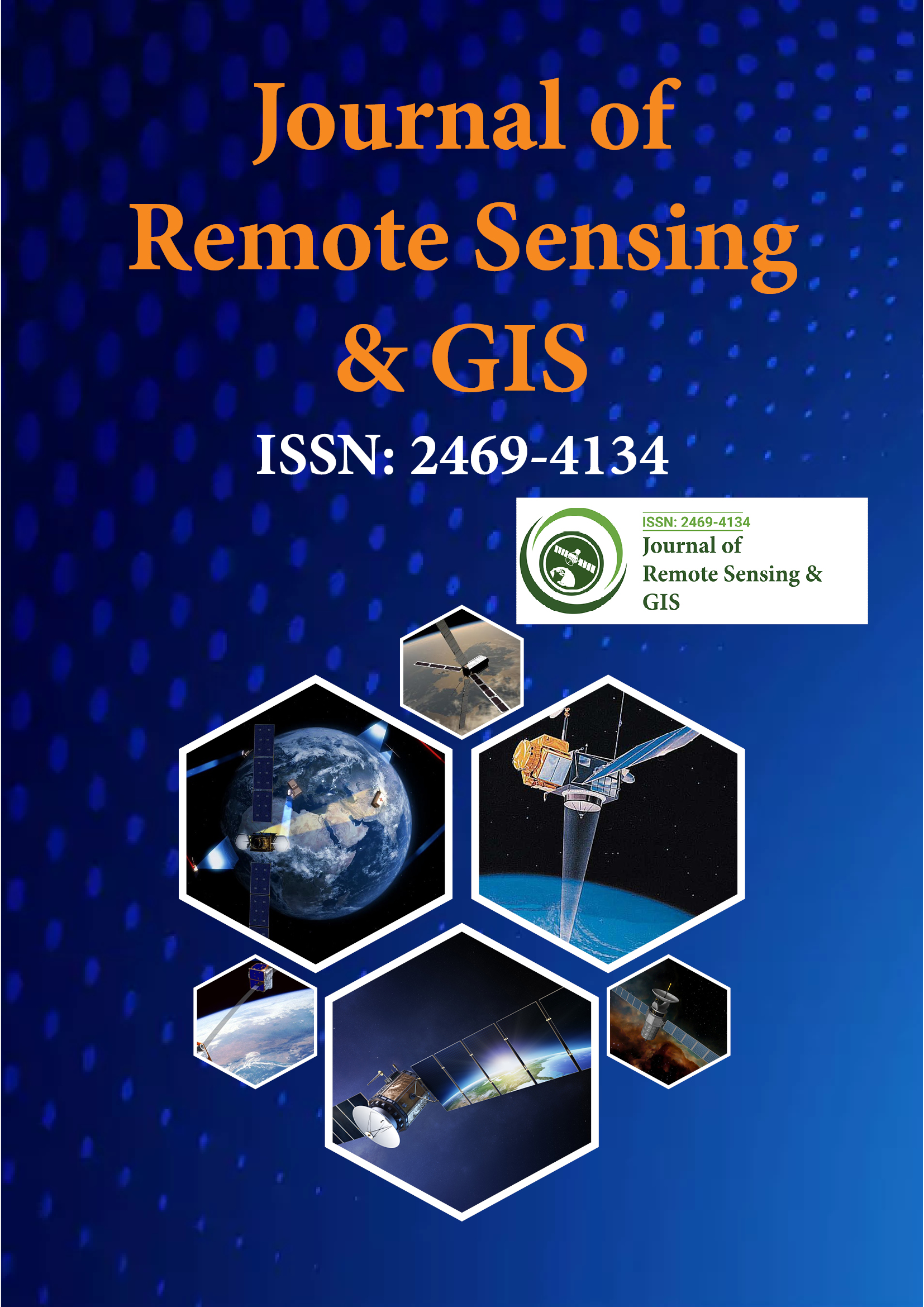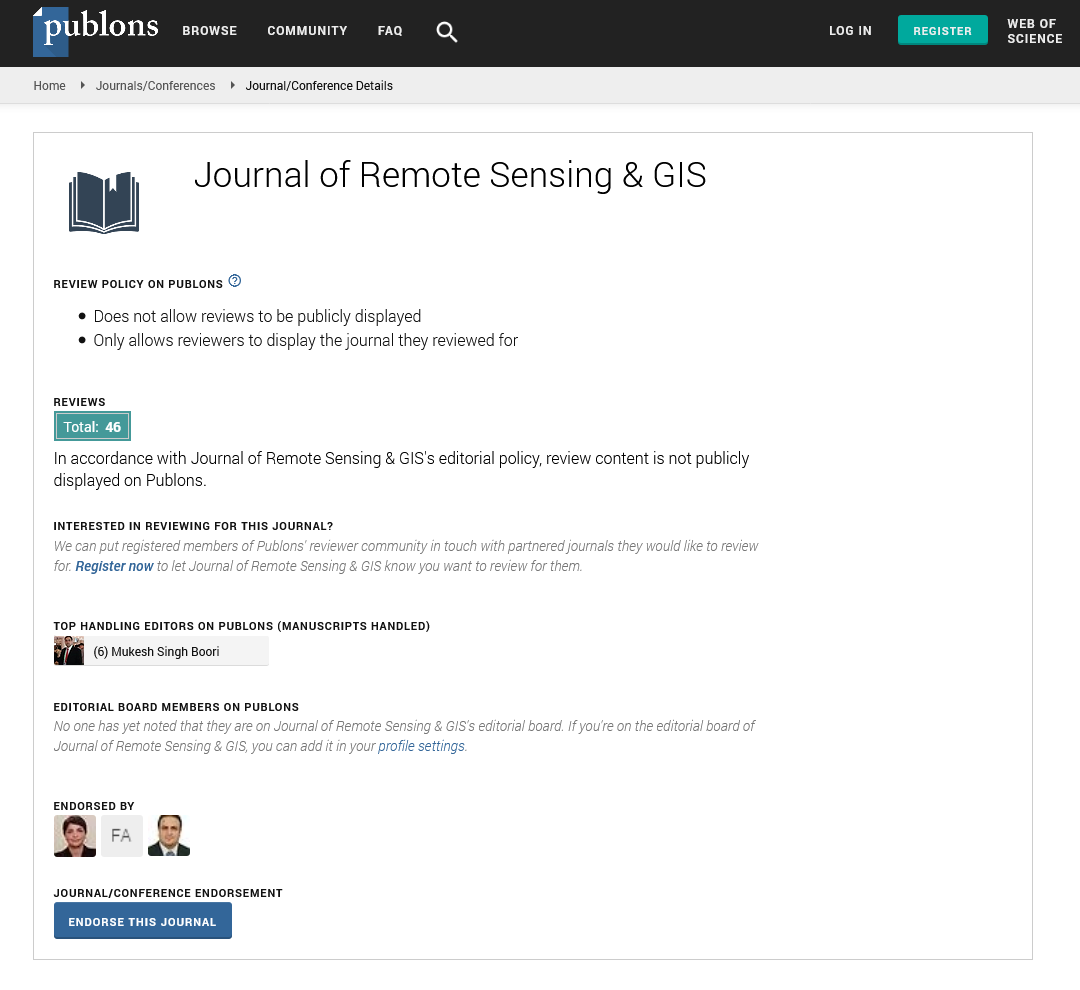Indexed In
- Open J Gate
- RefSeek
- Hamdard University
- EBSCO A-Z
- OCLC- WorldCat
- Publons
- International Scientific Indexing
- Euro Pub
- Google Scholar
Useful Links
Share This Page
Journal Flyer

Open Access Journals
- Agri and Aquaculture
- Biochemistry
- Bioinformatics & Systems Biology
- Business & Management
- Chemistry
- Clinical Sciences
- Engineering
- Food & Nutrition
- General Science
- Genetics & Molecular Biology
- Immunology & Microbiology
- Medical Sciences
- Neuroscience & Psychology
- Nursing & Health Care
- Pharmaceutical Sciences
Acoustic method of particle detection and its application for geophysics by means of ultra-high energy neutrino beam
2nd International Conference on GIS and Remote Sensing
October 02-03, 2017 Vienna, Austria
Alexander Borissov
Heidelberg University, Germany
Scientific Tracks Abstracts: J Remote Sensing & GIS
Abstract:
Development of the acoustic method of particle detection is presented from the beginning until current experiments and perspectives. In 1983, a possibility to use acoustic signal from neutrino beam produced by a multi-TeV proton accelerator was presented for purposes of geological research. Results of the measurement of such signal on the test beam of 70 GeV proton accelerator are reported. A new possibility to study the time dependence of the thermoacoustic properties of the medium in the region of earthquake using the measurement of the velocity of longitudinal sound waves by means of usage of ultra-high energy neutrino beam as an underground source of acoustic waves is discussed.
Biography :
Alexander Borissov participated in several large experiments in the field of High Energy Physics. He started with neutrino experiment SKIF on neutrino beam of U-70 accelerator and performed Monte Carlo simulations of different signals from high energy neutrino beam. He participated in the experiment HERMES at DESY to study the spin effects in deep-inelastic scattering and effects of cold nuclear matter there. His current research is related to experiment ALICE at LHC in CERN to study the production of elementary particles at highest energy densities reached so far in the laboratory. He is currently working at Heidelberg University in Germany.

